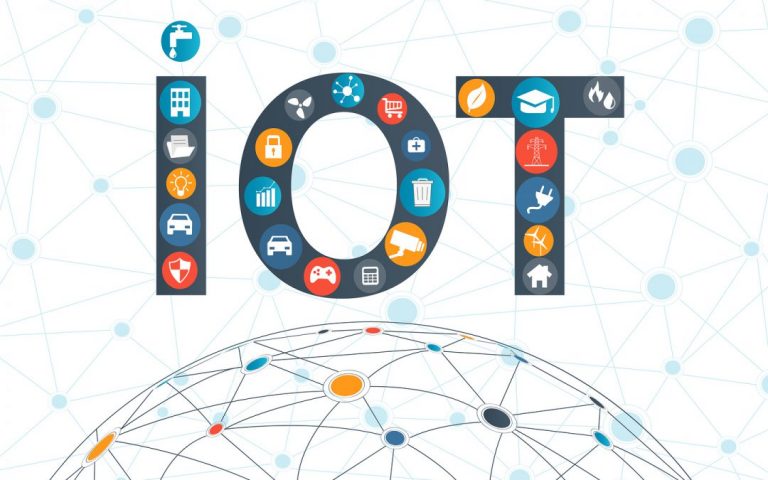There are many devices in homes, hospitals, factories, cars, and thousands of other places. With the proliferation of devices, you increasingly need solutions to connect them, and collect, store, and analyze device data. IoT provides broad and deep functionality, spanning the edge to the cloud, so we can build IoT solutions for virtually any use case across a wide range of devices. Since, IoT integrates with AI services, we can make devices smarter, even without Internet connectivity.
An IoT system consists of sensors/devices which “talk” to the bluetooth through some kind of connectivity. Once the data gets to the bluetooth, software processes it and then might decide to perform an action, such as sending an alert or automatically adjusting the sensors/devices without the need for the user.
But if the user input is needed or if the user simply wants to check in on the system, a user interface allows them to do so. Any adjustments or actions that the user makes are then sent in the opposite direction through the system: from the user interface, to the bluetooth, and back to the sensors/devices to make some kind of change.

